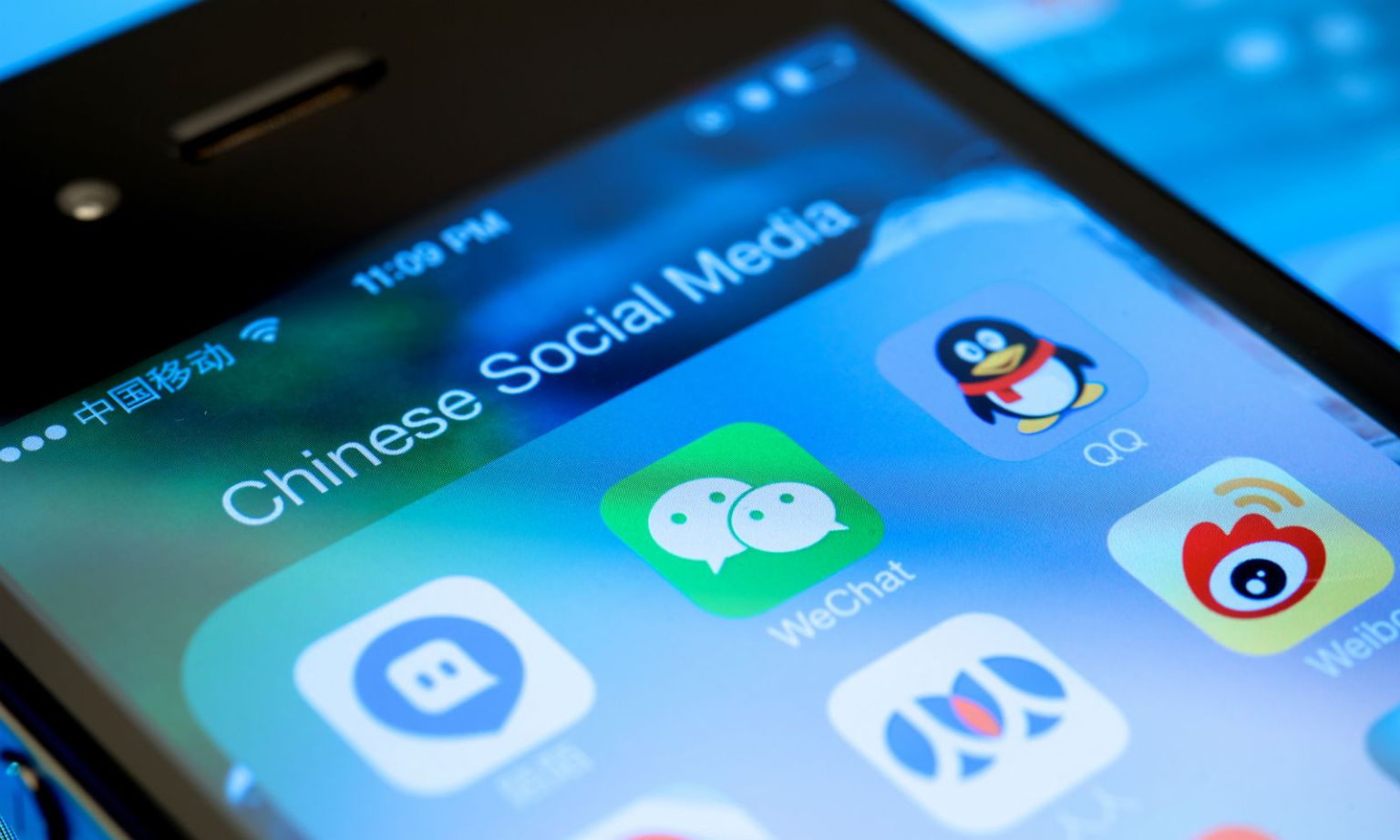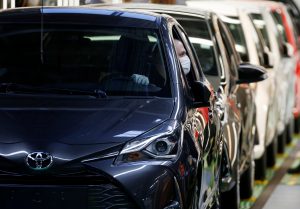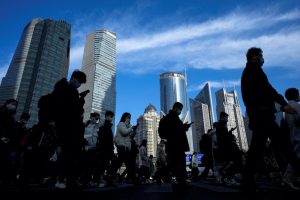India has launched a strike on China.
It has banned popular Chinese apps like TikTok and WeChat. And the Indian government is debating whether to ban Huawei and ZTE from building its 5G (fifth-generation) telecom network. But this is only the first front. Both sides are testing each other.
Take the ban on TikTok. Its revenue in India was anywhere from a projected US$25 million or so in 2020 to as high as $6 billion. But TikTok (and its parent company ByteDance) are not China’s most prized technology firms.
And India knows this. Consider how China has responded to the ban on its apps: “strongly concerned.” This doesn’t sound like the language used by a country that is hurting.
If India truly wanted to hurt China, there is one group of technology companies it would have targeted: consumer goods firms. From Oppo to Vivo to Xiaomi to Haier to Lenovo, these companies are the national pride of China. They are the ones building China’s “tech power” and Beijing’s new global footprint. And each of these companies counts India as its largest foreign market.
So India’s first strike was intended to send a message. It was a surgical strike of sorts. Of course, the question must be asked: Why didn’t India target those goods companies?
The reason is India is carefully balancing optics with slow escalation. It needed to retaliate for the death of its soldiers during the border clash but it didn’t want to start an all-out economic war with China from the get-go.
After all, if India goes for China’s jugular, China will do the same to India. It might ban the export of generic drug materials or auto parts to India, crashing India’s pharmaceutical and automotive industries overnight.
Now that India has attacked, though, China is likely to retaliate in some way.
First, if China wants to also play the optics game, it could target Indian information-technology companies such as Infosys, TCS and Wipro. All these firms have investments in China. They could be thrown out of China or top executives living in China could be arrested.
Talent war
Second, China could open up a new front over talent. For years, Chinese firms have been pouring money into the world’s top tech hubs (such as Silicon Valley, London, Tokyo and Sydney).
And every year, in large numbers, Indian talent moves to these hubs. Now, China could tell its venture-capital firms to apply pressure on startups they have invested in and not hire Indian talent. Skilled people would become pawns between India and China. The tech war would turn into a talent war.
Third, China could activate “nuclear options” in the geopolitics of technology.
It could use geo-engineering literally to change India’s climate. Already, China is working on a massive project in Tibet to increase rainfall. The infrastructure China is building is three times the size of Spain. Tibet is a main source of water for India. Through geo-engineering, China could start to control India’s water resources.
At the same time, China controls the world’s electric-vehicle market through production of lithium, the key component in batteries. So, as India seeks to transition its cars and trucks to electric, it will depend on China. And China might refuse to sell batteries to Indian auto companies.
Or, China could go one step further. It might refuse to export lithium batteries to any car company that sells vehicles into India. What will companies like Volvo, Hyundai, Tesla or Honda do, when they have to choose between India and China?
As technology drives geopolitics, a new status quo is being created. Now, technology is the first way nations are responding to world events. This is a paradigm shift from the past when governments targeted oil or trade.
As well, technology firms are in the firing line. From Europe to India, governments are targeting tech firms with unprecedented intensity. Thus nations are fighting conflicts along two fault lines: geography and technology.
While Indian and Chinese troops stare eyeball-to-eyeball in the Himalayas, they have not fired a shot. But in the technology spheres, things are radically different. Shots have been fired, missiles are being fueled, nuclear options are being assessed.
In the tech battlefield, the war between the two Asian giants has already begun.
























